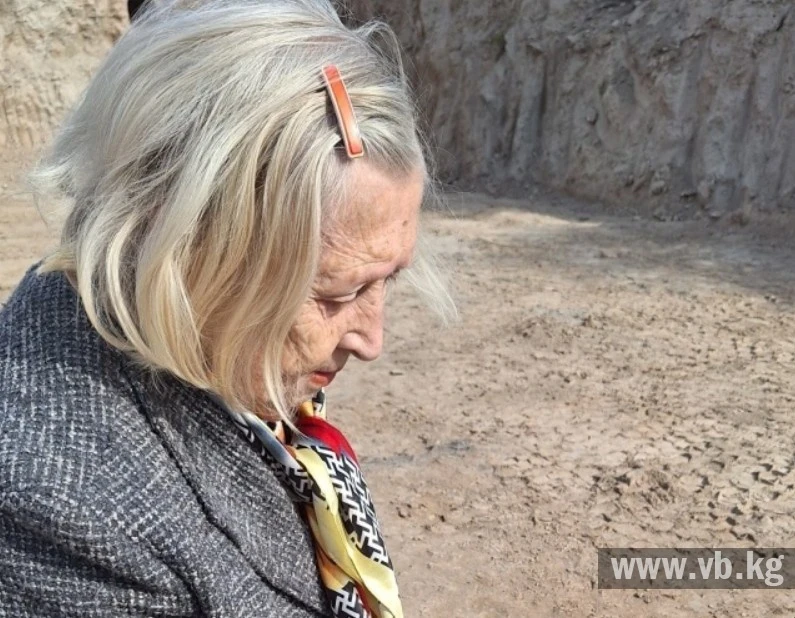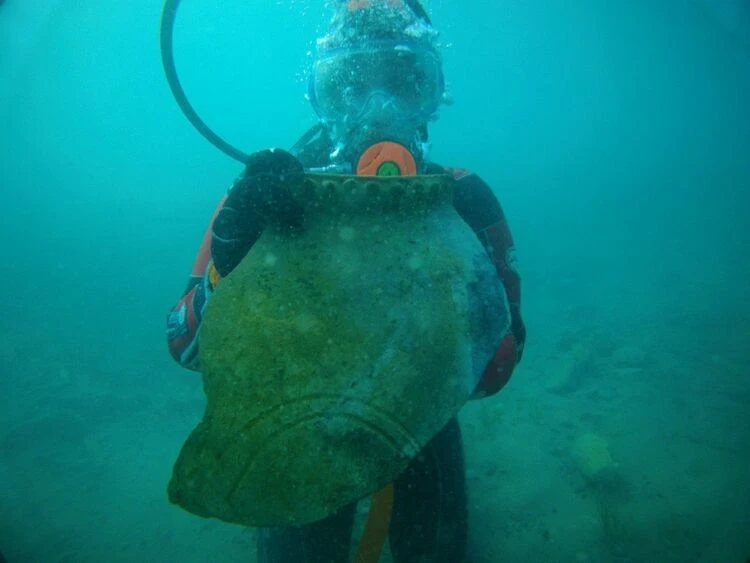
Among the artifacts found, including coins dating back to the 7th-9th centuries, it is confirmed that the settlement associated with the city of Jul, mentioned in early medieval texts, has a history of over 1400 years. The exact date of its founding has not yet been definitively established, and ahead lies the cleaning of the cultural layer down to the level of natural soil, which may lead to new discoveries, the scholar noted.
Brief overview of the history of the fortress and Pishpek
Previously, VB.KG covered the fate of the medieval settlement where the Kokandis built the Pishpek fortress 200 years ago. In 1862, Kyrgyz from the Chuy region, who rebelled against the Kokand feudal lords, besieged the fortress and sent a messenger for support to Verny (now Almaty).
Assistance came from a detachment of General G.A. Kolpakovsky, consisting of 1400 men with artillery. After shelling, the fortress was taken, and soon the destruction of its fortifications began.
The Kyrgyz and soldiers jointly dismantled the fortress, and later, during resettlement, a layer of household garbage about three meters thick formed over the ruins. However, beneath it, an early medieval cultural layer has been preserved, which may reveal many secrets of the country's history.
Findings and their significance
The head of the excavations, archaeologist Lyubov Vedutova from the B. Jamgerchinov Institute of History, Archaeology, and Ethnology, reported on a cleared area measuring 30×40 meters to a depth of three meters using an excavator.
As a result, fragments of ceramic vessels, household items, and about twenty early medieval coins were collected. One of the earliest finds was a bronze coin from the Western Turkic Khaganate, dated to the 7th century, depicting the ruler and his spouse, with a lyre-shaped tamga on the reverse side, indicating the cultural ties of that time.
Academician E.V. Rtveladze from Uzbekistan previously deciphered the legends on these coins as "Tuun khagan," suggesting that they were issued on behalf of Tun yabgu khagan, who ruled from 618 to 630.
Turgesh bronze coins from the 8th century with the inscription "Divine Turgesh Khagan money" were also found, which became the basis for monetary circulation in the territory of modern Kyrgyzstan.
However, after the historical upheavals of the 8th century, the quality of minting deteriorated: after the death of khagan Suluk (716-738), the coins became lighter. The finds include both full specimens weighing over five grams and "inflationary" versions weighing about one gram.
Of particular interest are bronze coins from the early 9th century, which have a diameter of only 8 mm and weigh less than 0.3 grams—some of the smallest in world numismatics.
Among the findings were also a Sogdian bronze ring with a spike, buckles, belt tips, and a rare ancient comb.
Sarcasm does not leave Kamyshev: "Who knows, maybe this comb was used by men too. On the portrait coin of Suluk, he is depicted with a mustache that could rival Salvador Dali's mustache."
Current problems and prospects
Currently, the archaeological site in the center of Bishkek is facing the problem of long-standing landfills. In the 1980s, a large amount of construction and household waste was dumped at the site of former dugouts.
"The promises of the city hall to remove the garbage remain just intentions. Nevertheless, cleaning the area is extremely important," emphasizes Kamyshev.
A large-scale work front is planned for next year; however, the republic is experiencing a shortage of qualified specialists in the field of excavations. According to the scholar, the creation of an international archaeological expedition involving researchers from neighboring countries could be a solution to this problem.









































